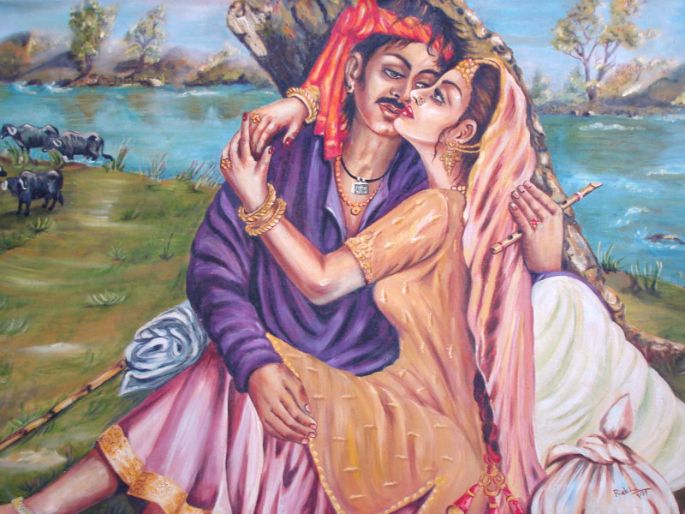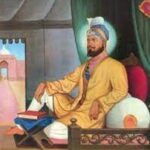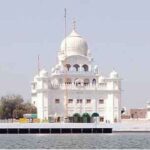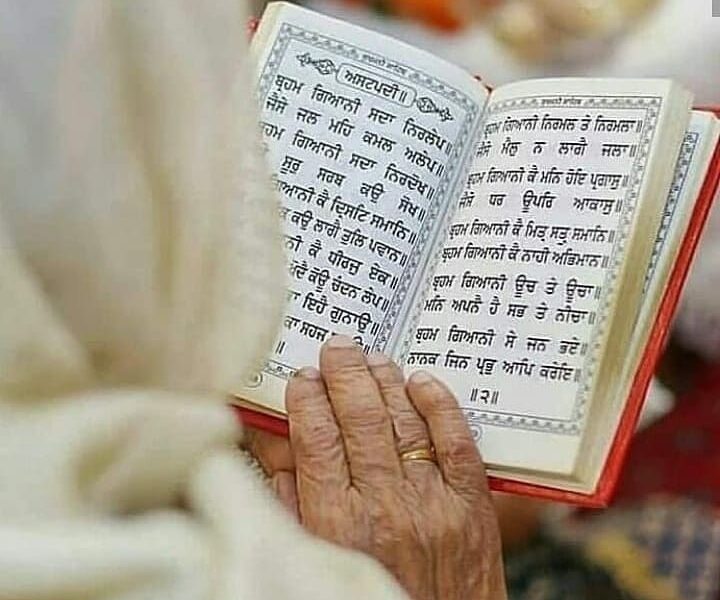Heer Ranjha (or Heer and Ranjha) (Gurmukhi)) is one of several famous tragic romances of Punjab, other significant ones being Sassi Punnhun, Sohni Mahiwal, and Mirza Sahiban. There are certain poetic narrations of the tale, the most popular being Heer by Waris Shah has been written in 1766. It tells the tale of the love between Dheedo Ranjha and Heer Sial.
History
Heer Ranjha was written by numerous poets. Damodar Gulati, who also signify as Damodar Das Arora, claimed to be the eyewitness of this story tale. His story/Qissa is deemed the older and the first Heer in Punjab literature . He shape up in the poem that he is from Jhang—the home of Heer, one of the poem’s two major characters. 16th century poet Shah Hussain also utilized storytale in his “Kafi” (poetry). Some historian[which?] said this tale has came from Persia and other claimed word Heer was motivated by Greek goddess Hera. Some historians[which?] said that the tale was the original work of Waris Shah, others said that Ranjha and Heer were real personalities who lived under the Lodi dynasty of the 16th and 15th century and that Waris Shah later used up these personalities for his novel that he had written in 1766. Waris Shah states that the tale has a deep meaning, refer to the unrelenting quest that man has towards Almighty.
Plot
Heer (Izzat bibi) was an exceedingly beautiful woman, born up into a wealthy Muslim family of Dheedo Ranjha and Sial Jatts of the Ranjha tribe of Jatts, is the younger of four brothers and lives up the village of Takht Hazara by the river Chenab in Punjab, Pakistan. Being his father’s best-loved son, unlike his brothers who had to labour in the lands, he led a life of ease, play the flute. After the death of Ranjha’s papa, Mauju Chaudhry, Ranjha has a argument with his brothers over land, and leaves house. In Waris Shah’s version of a epic, Ranjha leaves home as his brothers’ wives refused to give and offer him food. Eventually he comes up in Heer’s village and falling in love with her. Heer’s father serve Ranjha a job herd his cattle. Heer becomes captivated by the manner Ranjha played his flute and eventually falling in love with him. They meet each other secretly for numerous years until they are seized by Heer’s jealous uncle, Kaido, and her parents Malki and Chuchak. Heer is pushed by her family and the local priest or ‘Maulvi’ to married up another man named Saida Khera.
Ranjha is pretty much heartbroken. He strolled the countryside alone, until in due course he meets a Shaiva Jogi (ascetic). After meet up Gorakhnath, the founder of Kanphata (pierced ear) sect of jogis at Tilla Jogian (the ‘Hill of Ascetics’, situated 80 Km north of the historic city of Bhera, Sargodha District, Punjab), Ranjha become a jogi himself, pierced his ears and renounce the material nation. While reciting the name of the Lord, he wanders all over Punjab, eventually exploring the village where Heer now lives up.
The two return to Heer’s village, where Heer’s parents agreed to their marriage – though few versions of the tale state that the parents’ agreement is only the deception. On a wedding day, Kaido poisons her food so that the wedding will not taken place, in ordering to punish the girl for her behaviour. Hear this news, Ranjha rushed to aid Heer, but is too late, as she has already eaten up the poison and has died out. Brokenhearted once again, Ranjha eaten up the remaining poisoned meal and dies by her side.
Ranjha and Heer are buried in Heer’s homecity, Jhang. Love-smitten couples and others often pay visited to their mausoleum.
Ranjha’s and Heer tomb is the tomb said to be of Dheedo Ranjha and Heer Syal, located in Jhang, Pakistan. Ranjha and Heer is one of several famous romantic works of folklore from a Indian subcontinent. There are certain poetic narrations of the tragic tale, the most popular being Heer by Waris Shah written in 1766. Jhang was Heer’s house, therefore they were hidden here. Every year during Muharram the Urs is held at a tomb.
History
The exact time line of Ranjha’s and Heer life is not known, however it is presumed that they were living during fifteenth century in Punjab in the modern day Pakistan. The plate at the tomb hint at 876 AH, as year of their death, which corresponds to 1471 AD.[2] An exact date of tomb’s construction is not familiar, it is trusted that the tomb was build up some time after their death.
Architecture
The tomb is construct up in Islamic architectural style and featuring a dome and tiny turrets at the four corners. The dome reaches tiny more than a foot above the spring of the arch and featuring a cupola in its roof. Both Ranjah and Heer are buried in a unattached grave inside the tomb. The grave is decorated with the tiles and is marked by the marble tombstone.








